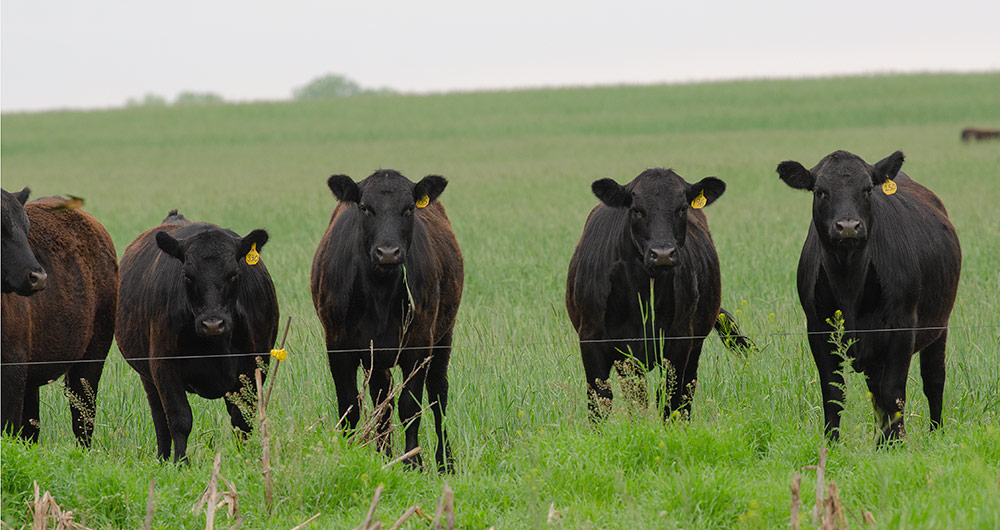Avoid Weather-related Mineral Deficiencies
Research shows ways to avoid weather loss of minerals.
In 2019, severe spring weather included blizzards, floods and twisters that created serious management concerns for beef producers. Cattle reduced their mineral consumption because free-choice minerals likely washed away, lost effectiveness due to leaching, or were not provided consistently. Some producers concentrated only on moving animals to higher ground. Weather caused delays in working cattle, further disrupting supplementation and vaccination schedules.
Operators also faced the challenges of locating quality, carryover hay supplies. Some provided old hay bales that had lost nutrients to UV light and inclement weather. Harsh environmental conditions potentially stress cattle, causing them to deplete essential trace minerals. Severe weather events created a weather-induced mineral crisis.
























